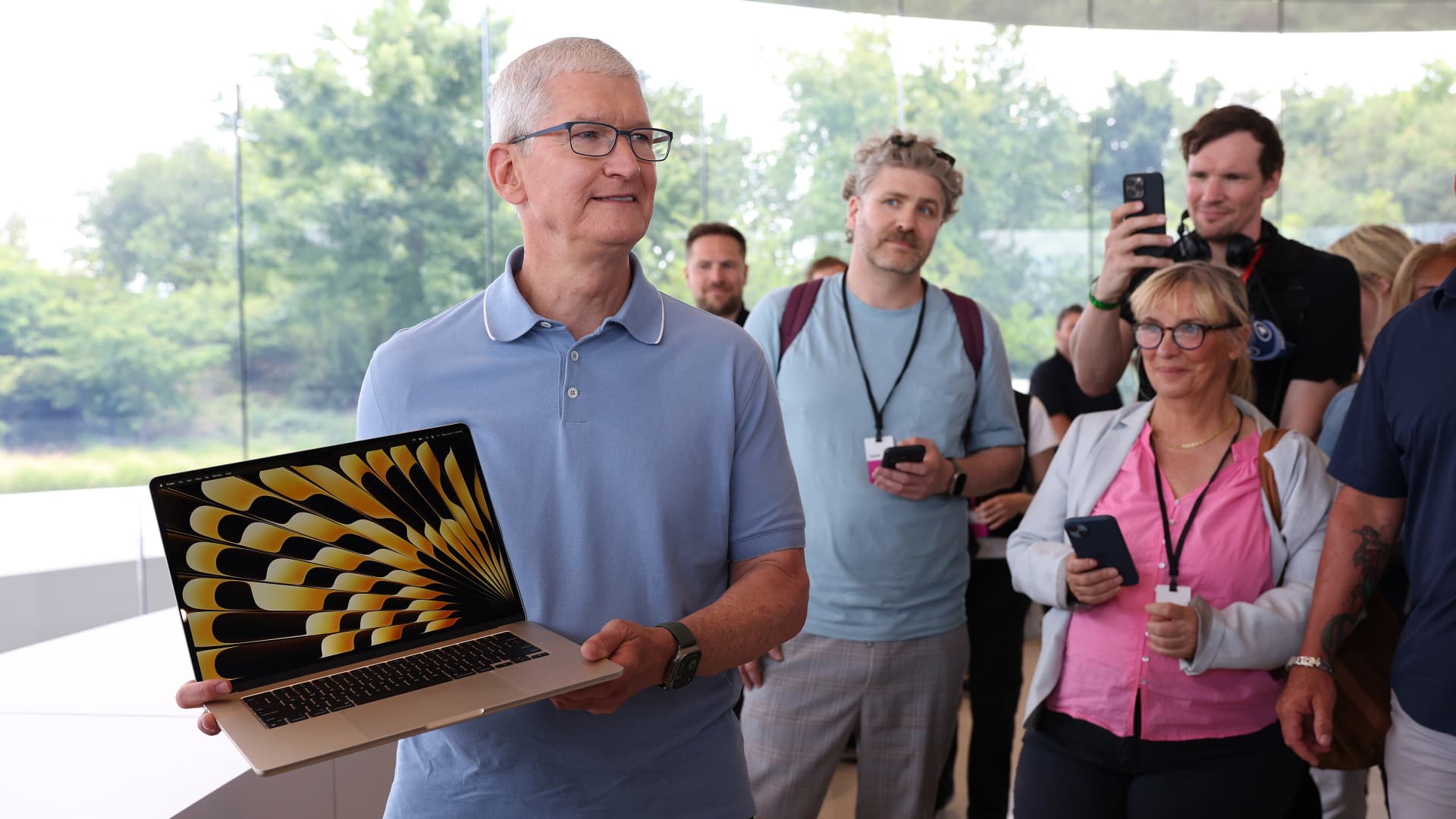It's not a few hundred milliwatts, it's an order of magnitude difference between Intel SA and Apple uncore power.
It really isn't.
whaaaaaaaaaaaaaaaaat~
no they're bog standard JEDEC LPDDR speed bins, sources from multiple vendors no less.
you literally can't have any other LPDDR, at all.
Yes it is, Broadcom even generously provides the datasheets needed.
That means diddle squat, just a nothingburger statement.
this sounds like you work at Apple
Your replies are nothing burgers, nothing at all. You resorted to almost literally "blah blah blah" -- why even bother?
So you think I'm an Apple shill? Maybe you're an AMD shill then? Here's me and my non-Apple pedigree: I have responsibility for core infrastructure of a Fortune 250 retailer for the last eight years, before that I ran half the IT shop for a nonprofit medicaid provider for a flyover state, and before that I ran the x86 architecture group for another Fortune 250 retailer for the back half of my 15 year tenure there. My household contains a singular Apple device, an older iPad mini that my wife uses to talk to her parents who both only know iPhone and thus only understand facetime.
My life centers around Enterprise-class hardware; I've done hardware at this scale for 20 years, and I'm still doing it today. I'm very good at understanding power draw of unique devices, I have to be to ensure rack power is balanced against total compute output. And no, the uncore power savings are not that big, and yes the rest of the platform power savings are that big. It just so happens this is the good side of 100% vertical integration; we can also talk about the bad things, such as ecosystem lock in, far diminished customer bargaining power, abuse or simple bypassing of standards...
CPU power, core and uncore, for both Intel and AMD are in hundreds of milliwatts range. Yes, the M1/M2 processor is capable of a whole lot more computing at a lower power ceiling, just like ARM is able to do the same. But no small part of how good Apple's battery life has been
for years (eg back when they were still using Intel processors) is the tight control they maintain over their entire hardware supply chain, and their operating system, and their drivers, and their native applications.
There's no single player anywhere in x86 who play at this scale, not even Microsoft.

